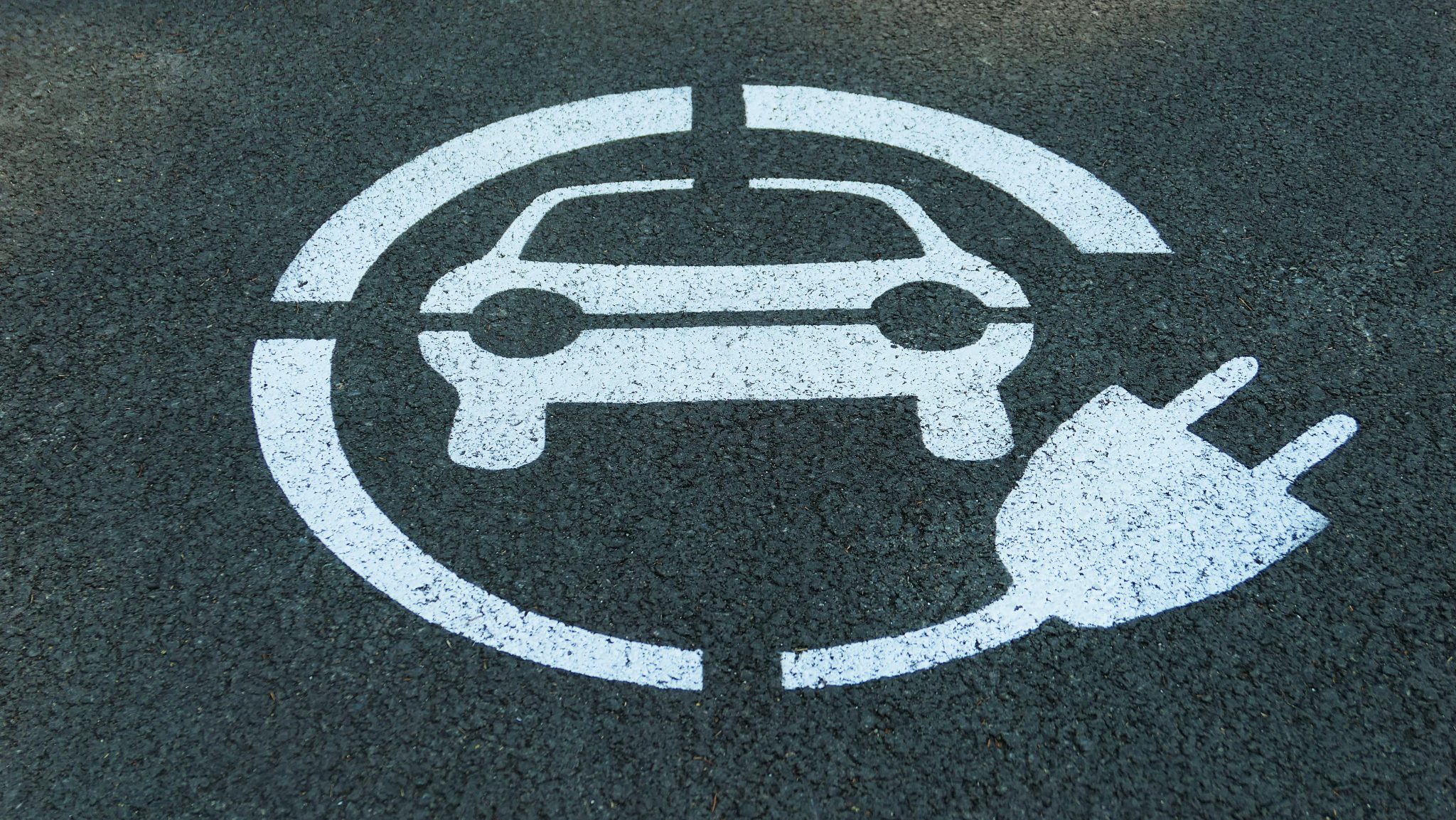Canadian scientists are making significant strides in advancing electric vehicle (EV) technology. Thanks to research conducted at the Canadian Light Source (CLS), a leading scientific facility in Saskatoon, next-generation batteries have been developed that can far outlast current models. This innovation opens up new possibilities for EV manufacturers and helps reduce transportation’s environmental impact.
The research, partially funded by private partners, including Tesla Canada, focuses on studying the unique monocrystalline electrodes in advanced batteries. These new electrodes have proven to be significantly more resistant to wear and tear, enabling batteries to remain effective even after years of intensive use.
How Were the New Batteries Tested?
Using the powerful synchrotron light at CLS, researchers performed high-precision 3D scans of batteries at the microscopic level. This allowed them to observe internal processes without disassembling the battery. The scientists compared traditional lithium-ion batteries to new models featuring monocrystalline electrode structures.
In standard batteries, the electrodes are composed of thousands of microscopic crystals, which gradually deteriorate through repeated charging and discharging cycles. This process creates micro-cracks and leads to reduced capacity. In contrast, the new batteries use a single-crystal electrode, offering superior mechanical strength and resistance to internal damage.
Toby Bond, Senior Scientist at CLS, emphasized the testing results:
“We subjected the battery to continuous charge and discharge cycles for six years. After 20,000 cycles — equivalent to approximately 8 million kilometers of driving — we observed no signs of degradation. This result is remarkable for this technology.”
Advantages of Next-Generation Batteries
The development of monocrystalline batteries has the potential to transform the EV market and unlock opportunities in other sectors. Key benefits include:
- Exceptional Longevity: The lifespan of these new batteries vastly exceeds that of standard lithium-ion models, meaning they can last as long as the vehicle itself.
- Cost Savings: Fewer battery replacements significantly reduce maintenance costs for EV owners.
- Environmental Benefits: A longer lifespan reduces battery waste, contributing to a smaller carbon footprint.
- Secondary Applications: After serving their primary purpose, these batteries can be repurposed for energy storage in renewable power grids, such as solar or wind energy systems.
What’s Next? Commercial Production
According to the researchers, this technology is already being introduced into commercial production. Over the next few years, monocrystalline batteries are expected to become a standard feature in EVs, providing greater reliability and economic benefits to consumers.
Automakers are increasingly interested in adopting these innovations, as they enable the creation of more competitive products in the global market. Through such groundbreaking research, Canada is emerging as a key player in the development of clean and advanced technologies.
Conclusion
The development of monocrystalline electrode batteries marks a significant breakthrough in EV technology. Canadian scientists have demonstrated that innovative approaches can lead to solutions that not only improve vehicle performance but also make transportation more sustainable. These advancements have the potential to transform not only the automotive industry but also the energy sector as a whole, bringing us closer to a more sustainable future.






